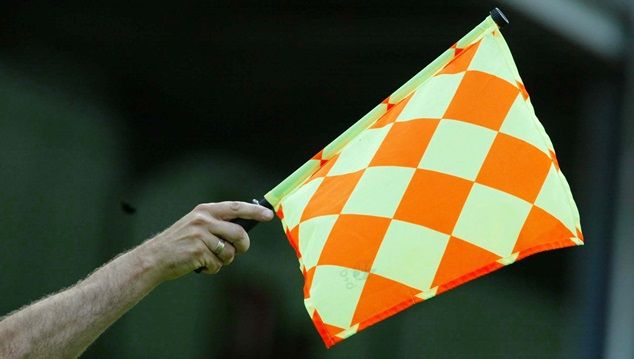For once football rule makers are trying to do everyone a favour.
We’d like to think that we have a fair idea of how to play football and a decent grasp of the basics.
But of course we are always only one FIFA meeting away from yet another change to the offside-rule, or how long goalkeepers can hang onto the ball in their hands for before being penalised (Simon Mignolet take note).
So we read with great interest this morning a report in The Guardian newspaper about a host of proposed changes to various football rules that could come into force before the end of the season.
According to the newspaper, the International Football Association Board have devised some new rules that will be voted on in March and could make their debuts at this year’s European Championships.
Rules have been tinkered with over the years but this review is said to be the biggest in over 100 years.
Here are some of the more juicy proposals that could affect Martn O’Neill’s Irish side at this summer’s Euros, and help eliminate some of the more annoying referee decisions in games
Offside inconsistency
Freekicks will now only be taken from where the player was flagged offside.
This means that the loophole where a referee can interpret two different rules that tell him to give a free kick where the player was when the flag went up, or to give a freekick when the player touches the ball, will be gone.
Confused, you should be.
Let’s have ex-referee David Elleray explain it for you:
“Part of the law book says when players commit an offside offence you give a free-kick where the offence occurred. The other part of the law book says you give a free-kick where the player was when he was in the offside position. So a player can actually move 20 yards from being in an offside position … and it is only the moment he plays the ball that he is penalised. The law tells you to give the free-kick in two different places.”
“So, in future, the free-kick will always be given where he commits the offside offence, even if he is in his own half, because you cannot be in an offside position in your own half, but you can go back into your own half to commit an offside offence.”
Kick off
A bit simpler here as instead of the ball having to go forward from kick-off, players will now be able to touch it in any direction, so long as it moves.
So we can punt it straight back to the keeper then.
Red card before kick-off
Bad news if Roy Keane and Patrick Viera were still playing, as referees will now have the power to send off anyone after the pre-match inspection if there is a fight.
Both teams would still be able to start the game with 11 though, but will lose a substitute from the match squad.
Preventing goals
We doubt it has happened too much but if there is a case where a physio or some other non-player comes onto the pitch and stops a goalbound shot, the current rule states it is a drop ball.
The new rule hopes that if his case occurs, a direct free-kick or a penalty will be awarded.
Players being treated for injury
Currently if a player is injured he has to go off the pitch for treatment.
Under the new rule players will be allowed to be treated on the field if his marker has received a yellow or red card.
Boot change
If you find yourself with the wrong studs or blood on your jersey, then you have to wait for the referee to currently assess if it’s OK for you to return in a break in play.
Boring.
Under the proposed changes, the fourth official, or the assistant, will be able to allow a player back onto the pitch after a boot change or jersey swap.
Manhandling opponents on touchline
Currently if you get in a bit of a man wrestle trying to win the ball if you’ve crossed the end line or touchline, and you stop your opponent from getting back on the pitch by grabbing him, then you can be booked and it’s a drop-ball.
Under the new rule it will be a free-kick.














































